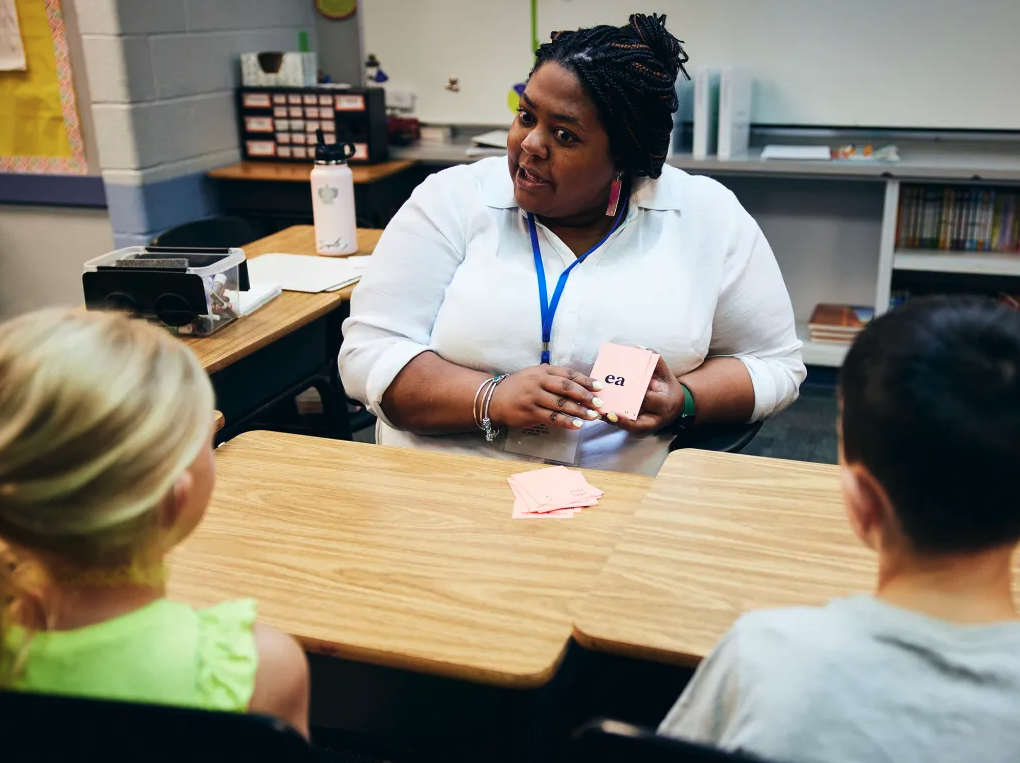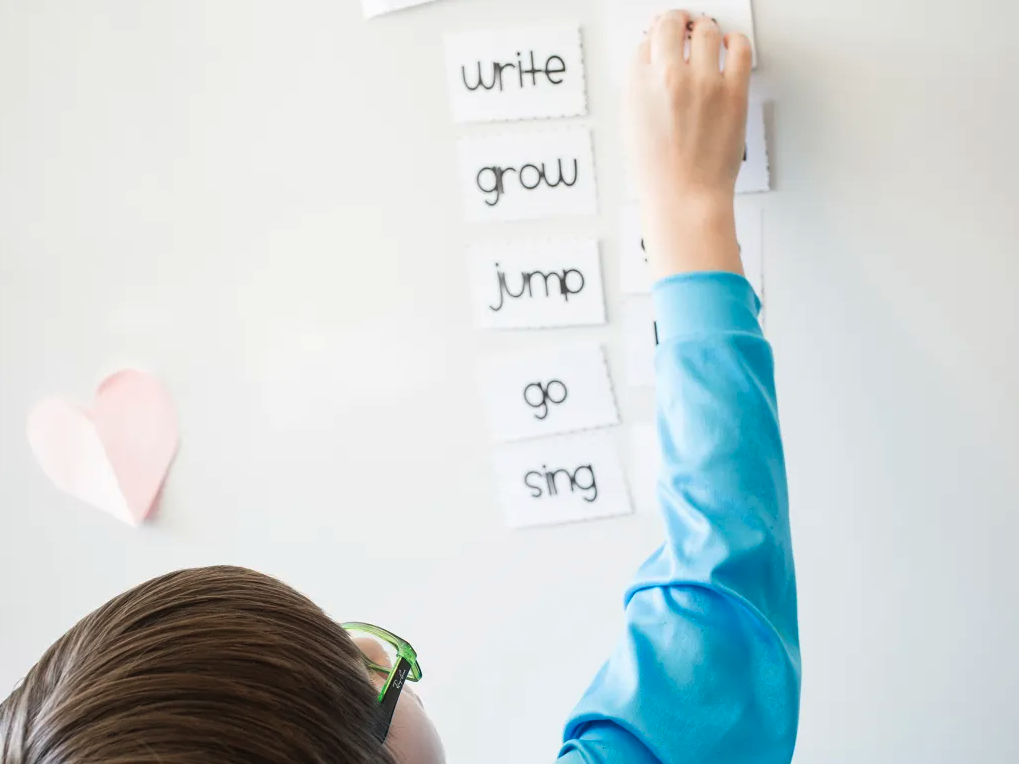MoCo360
Four Myths That Could Keep Your Child from Learning to Read
Oct 23, 2023If your child is struggling to learn to read, you are not alone.
If your child is struggling to learn to read, you are not alone. Only about 35 percent of students in the United States are reading proficiently. That is approximately the same number as in 2019, before the pandemic interrupted school and learning for students everywhere. These alarmingly low reading rates reveal a big problem: most schools and teachers are not providing instruction that teaches children to read fluently. Over the past 50 years, a large body of scientific research has shown that most students can learn to read if they receive explicit, systematic instruction in letters and sounds. But instead of providing the necessary instruction, teachers and schools are basing their reading lessons on a collection of outdated myths–with devastating consequences for a whole generation of children.
Myth No. 1: Reading is as natural as speaking.
Compared to speaking, reading is a relatively recent human invention, and it is not natural. Scientists have used brain scans to determine that reading requires three regions of the brain working together to recognize printed symbols (letters), connect each symbol with a sound, and blend the sounds together to make words.
While no one needs special training to teach a baby to speak, teachers need specific training to teach students to read proficiently. They need to know the most common sounds and how to represent them so that they can guide students from easier reading tasks to harder ones. This systematic and explicit method for teaching reading is called “structured literacy” but in most schools, teachers do not have the training to implement structured literacy, even though this approach would enable nearly all of their students to read proficiently.
Myth No. 2: Children learn to read by being read to.
 Teachers and parents spend a lot of time reading aloud to children, which has been shown to increase their vocabulary and knowledge of the world. While reading aloud is a wonderful way to connect with your child and to promote curiosity about the world and a love of books, most students need much more support to read independently. Only about 5 percent of children will be able to learn to read by following along while a proficient reader reads aloud. Approximately 50 percent of children require the direct instruction in letters and sounds that they would get from a structured literacy program to read proficiently (Young, 2019).
Teachers and parents spend a lot of time reading aloud to children, which has been shown to increase their vocabulary and knowledge of the world. While reading aloud is a wonderful way to connect with your child and to promote curiosity about the world and a love of books, most students need much more support to read independently. Only about 5 percent of children will be able to learn to read by following along while a proficient reader reads aloud. Approximately 50 percent of children require the direct instruction in letters and sounds that they would get from a structured literacy program to read proficiently (Young, 2019).
Myth No. 3: “Just wait and they will catch up.”
When children fail to meet reading milestones in elementary school, teachers often tell parents that the children just need more time to get the hang of reading. Unfortunately, without the systematic phonics instruction embedded in structured literacy, struggling readers are very unlikely to catch up to their peers. Parents and teachers need to provide reading interventions right away, and the sooner the better. The National Institute of Child Health and Human Development (Lyon and Fletcher, 2001) found that it takes four times longer to bring a struggling fourth-grade student up to grade level than to do the same for a kindergartener. Struggling readers who are not identified early and do not receive early intervention tend to fall further and further behind in school.
Myth No. 4: Schools are experts at teaching kids to read.
Regardless of the long-standing scientific evidence supporting structured literacy, most schools and teachers continue to take a “balanced literacy” approach to reading instruction. “Balanced literacy” means that teachers focus on developing a student’s love of books and stories rather than on instructing them in the foundational skills of sounds and symbols. Young students are often asked to try to read books independently, even though they contain long words and difficult sounds that they haven’t been taught. When students encounter words that they cannot read, teachers tell them to guess the word by looking at the picture or the first or last letters. They also teach children to fill in a word that makes sense or skip over the word completely. These strategies—which have been the predominant approach to teaching children to read for the past two decades—make the process of reading slower, harder and less accurate for most students and have led to reading failure for the majority of our nation’s students.
You can help your child.

Just like basketball and piano, reading is a skill that requires consistent practice and feedback. Set aside 10 to 15 minutes each day to work with your child on reading. Use this time to teach the sounds that each letter makes, break apart unfamiliar words into syllables and sounds, or play card games with words and sentences. Take turns reading aloud decodable books, early readers, or chapter books with your child, focusing on looking at all the letters in each word and sounding out as many words as possible, rather than memorizing them.
Make sure you have the right support.
If your child has been left behind in the reading classroom, there is hope. With a structured literacy approach, approximately 95 percent of all students can learn to read proficiently, but if your child is not receiving structured literacy instruction at school, you will need to provide outside support. If you are looking for the right school for your child, make sure to ask about the school’s reading program and look at its reading test scores. Whether you switch schools, engage a reading tutor, or work with your child yourself, it is never too late to put your child on the path to reading success.
Wondering if your child is reading proficiently? McLean School offers Complimentary Reading Screenings for children from Kindergarten to fourth grade to help parents better understand and support their child’s reading needs.
By Natalie Stapert, K-12 Master Reading Coordinator at McLean School. Natalie has a bachelor’s of science in Elementary Education and a master’s degree in Independent School Leadership from Johns Hopkins University. She is passionate about literacy and climate change.
Contact Us Below to Learn More